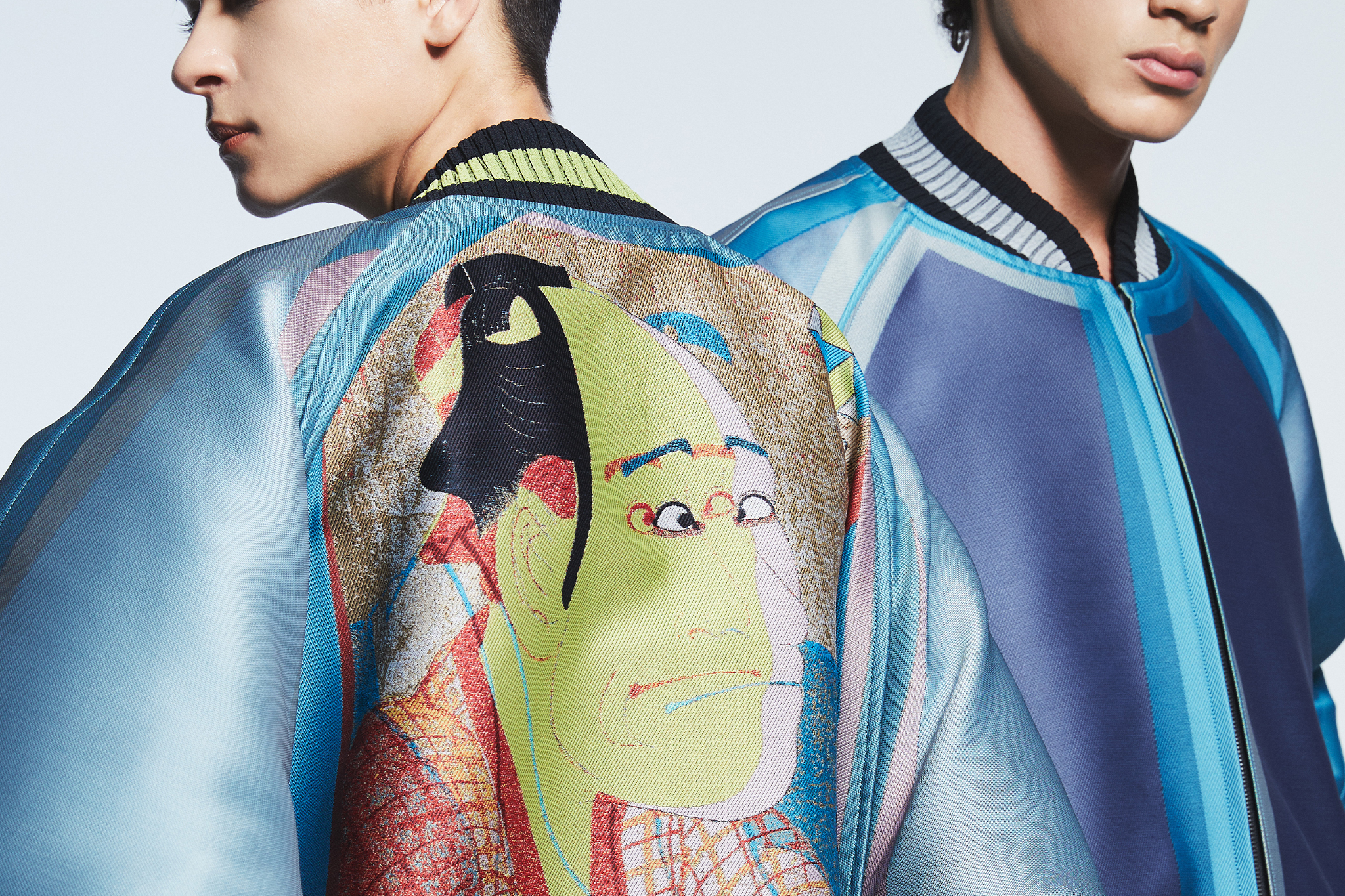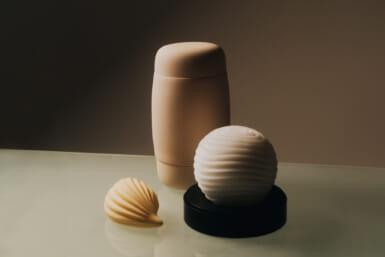100% cotton, 100% cotton indigo dye selvedge denim, 100% lambswool. These are the constituent materials of the apparel that I’m wearing today. What we wear and our knowledge of where our clothing comes from is becoming more important — necessary, even — in a world in which durability and sustainability aren’t just buzzwords but a method and ethos of living.
Materials that endure, materials that stretch and mold, garments that are made from game-changing textiles that fold and retain their shape over years of wearing are of paramount importance to our world, a world in serious danger of karmic implosion.
Issey Miyake — hibakusha (atomic-bomb survivor), one of the most important innovators in fashion and a once-in-a-lifetime creative genius who sadly passed away last year at the age of 84 — is responsible for leading Japanese fashion and later global fashion into new realms and possibilities. His company, Issey Miyake Inc., and the numerous brands that function under this umbrella, including Pleats Please Issey Miyake, Homme Plissé Issey Miyake and Bao Bao Issey Miyake, have spearheaded, alongside partnerships with textile makers like Sony and Toray, the creation of materials that will help and maintain the future of fashion and fashion as a sustainable artform and practice.
Although Issey Miyake, the man, left his position as designer of the main flagship brand in 1999, his spirit, ingenuity and teachings were inherited by the devoted team of designers who took over the reins, including Dai Fujiwara and Naoki Takizawa. Another visionary within this team was Yoshiyuki Miyamae, who helmed the Issey Miyake womenswear brand from 2011 to 2019. TW spoke to Miyamae over email, and the designer discussed the passion for design that he picked up from Miyake and the direction he intends to pursue with it.
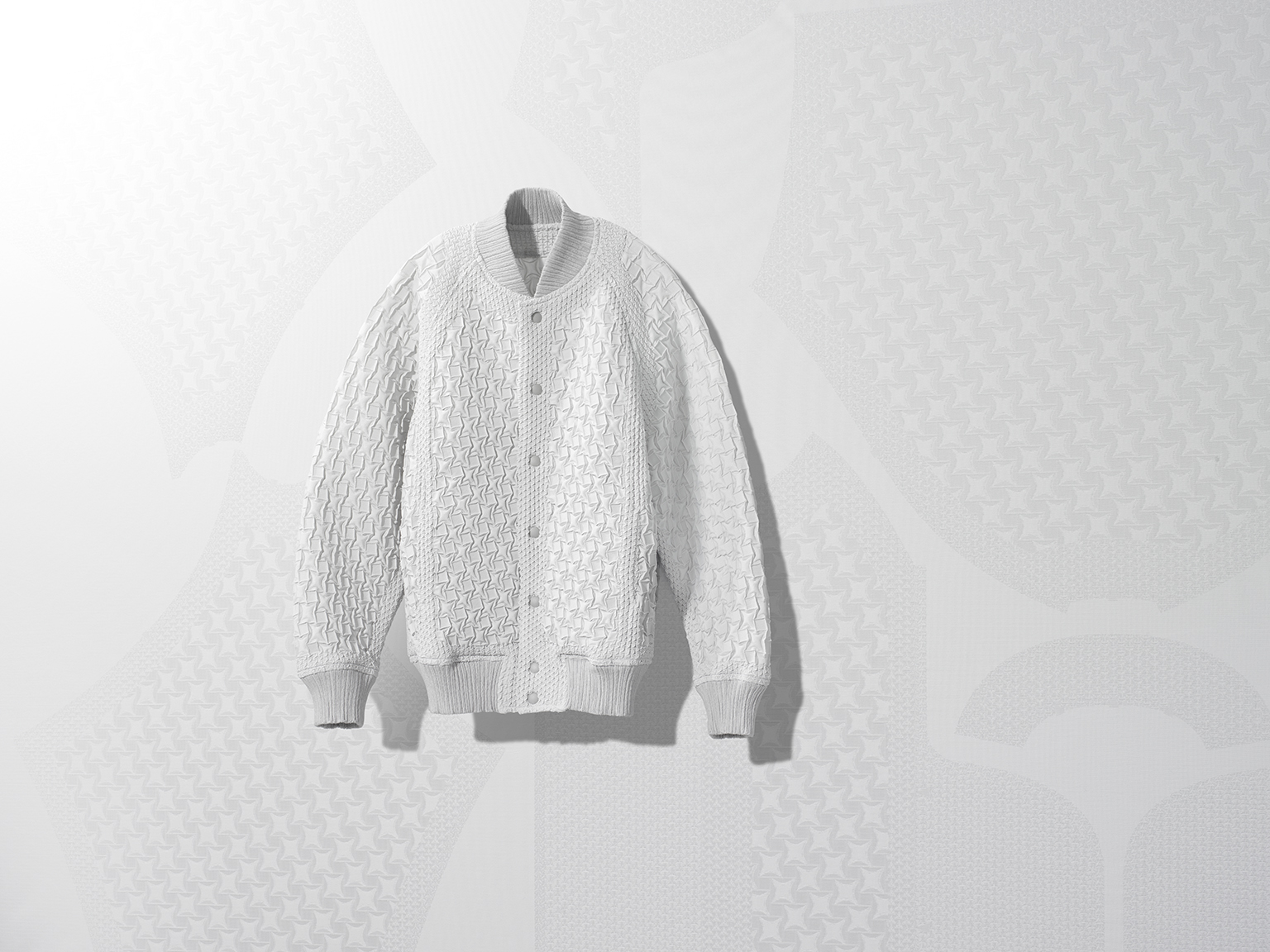
The Endless Possibilities of a Piece of Cloth
“I have learned a lot from Mr Miyake’s insatiable spirit of inquiry and the spirit of always wanting to create beautiful things,” says Miyamae. “A quality required of a designer is to always perceive things from the point of view of ‘why?’ I learned that this perspective is one of the most important things in dealing with society and people’s lives as a designer. A designer’s job is not just to arrange the color and form of the surface layer. Designers stop when they no longer have doubts. In other words, the ‘why’ perspective is curiosity, inquisitiveness and ambition itself, and by thoroughly investigating the ‘why,’ we can get closer to the essence of things.”
Miyamae currently spearheads the newest brand in the Issey Miyake stable, A-POC Able (stylized as A-POC ABLE), an innovative and fashion forward brand with flagship stores in both Kyoto and Tokyo’s Aoyama district. The A-POC (“a piece of cloth”) innovative design and manufacturing system, established in 1998, was the predecessor to the A-POC Able brand and embodies everything about Issey Miyake and his approach to fashion as a science, fashion as a revolutionary artform and fashion as architecture. “Aspiring again to the epoch-making craftsmanship that Mr Miyake has achieved, we will continue to pursue new clothing creations while constantly evolving,” says Miyamae.
“For us, if we use the A-POC idea as a basis, we can create new possibilities by combining various concepts and ideas, and we can make anything possible,” he continues. “With that in mind, we added the word ‘able’ to A-POC and made it a brand name. From now on, through the activities of A-POC Able, I would like to further expand the possibilities of ‘a piece of cloth’ that Mr Miyake has advocated so far and create clothes with new value.”
One look at the brand’s Instagram postings and you immediately feel that A-POC Able isn’t just fashion, it’s a niche science and art combined in an origami-like aesthetic where the wearer can change the look, size and silhouette of the garment.
“This series of knits made by cutting from tube-shaped pieces of fabric has been continuously evolving since the creation of A-POC. The knitted fabric has been improved for further durability and comfort. By increasing the percentage of nylon used for lining, the items keep their form even after wear, and a fluffy, luxurious texture has been achieved. The cuffs and hemlines are resistant to fraying even when cut and can be designed into your preferred style by cutting them with scissors.”
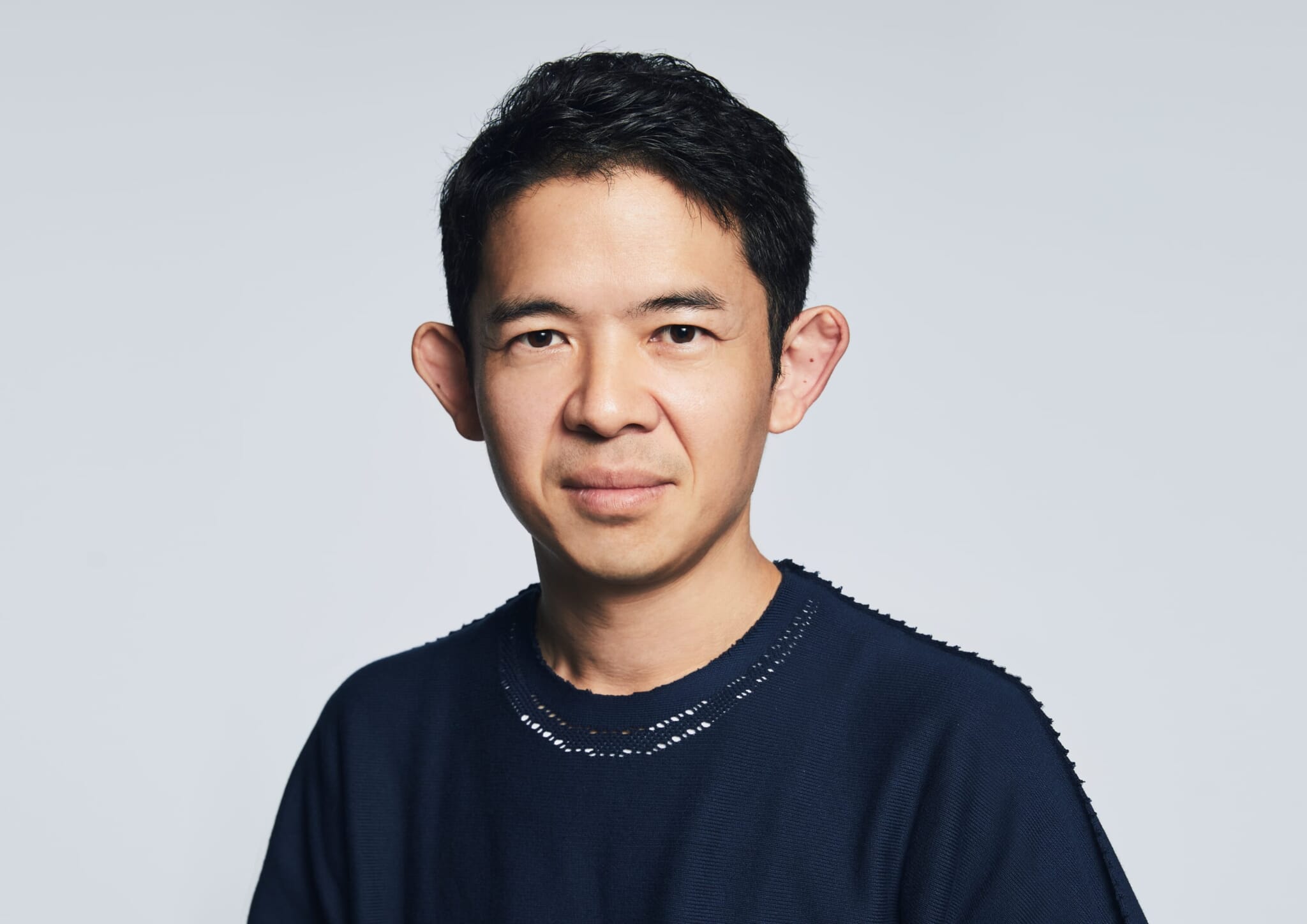
Yoshiyuki Miyamae
Cooking up New Paths Forward
Miyamae can be considered a fashion designer on the exterior, on a superficial level, but he’s much more than that if you probe deeper. A-POC Able has, under Miyamae’s direction and in collaboration with Sony, introduced a new material that utilizes excess biomass in the form of rice husks. Around the world, more than 100 million tons of these husks are generated annually, and the new material, called Triporous, harnesses that waste to create value across industries. In the realm of clothing manufacturing, the addition of Triporous to the threads destined to become cloth results in a fade-resistant black fabric that lasts longer and thus contributes to a more environmentally friendly, sustainable future.
From the origami aesthetic to the creative thrust to make a tangible change in the way that fashion works — eschewing a biannual frame of trends in favor of a method of making clothing that withstands the processes of time, in favor of material that is durable and that can be adapted to the user’s whims — Miyamae’s approach can be realistically labeled as subversive.
“Encountering new ingredients leads to new recipes and creative inspiration for me,” says the amiable designer. “I always feel like a cook. Japan has companies with excellent technology, such as Toray and Sony. Collaborations with other companies are essential for the development of new materials. Although it may take several years to develop a new material, it is important to share our vision while repeating trial and error without fear of failure. I believe that it is important for Issey Miyake’s creative spirit to create comfortable and one-of-a-kind clothing that has never existed before, starting with the creation of materials.”
In addition to pushing the boundaries of the materials and silhouettes that we wear, Miyamae is also keen to collaborate with artists and creatives who share a similar artistic spirit. One such artist is the legendary Japanese painter, graphic designer and illustrator Tadanori Yokoo, who worked with Miyamae on a recent collection that encapsulates both the aesthetic of Issey Miyake and the body of work that the artist has amassed over decades. Miyamae comments:
“Artists are always looking for new ways to see the world. I think that the search for the essence is what makes art interesting. Tadanori Yokoo, who has been a driving force of the times through constant change, brings new discoveries and realizations to what he sees. In manufacturing work, preconceived notions and stereotypes sometimes hinder free thinking. Facing art is also a way for me to free myself from stereotypes. Our shared creative goal is to continue creating in search of unseen beauty.”
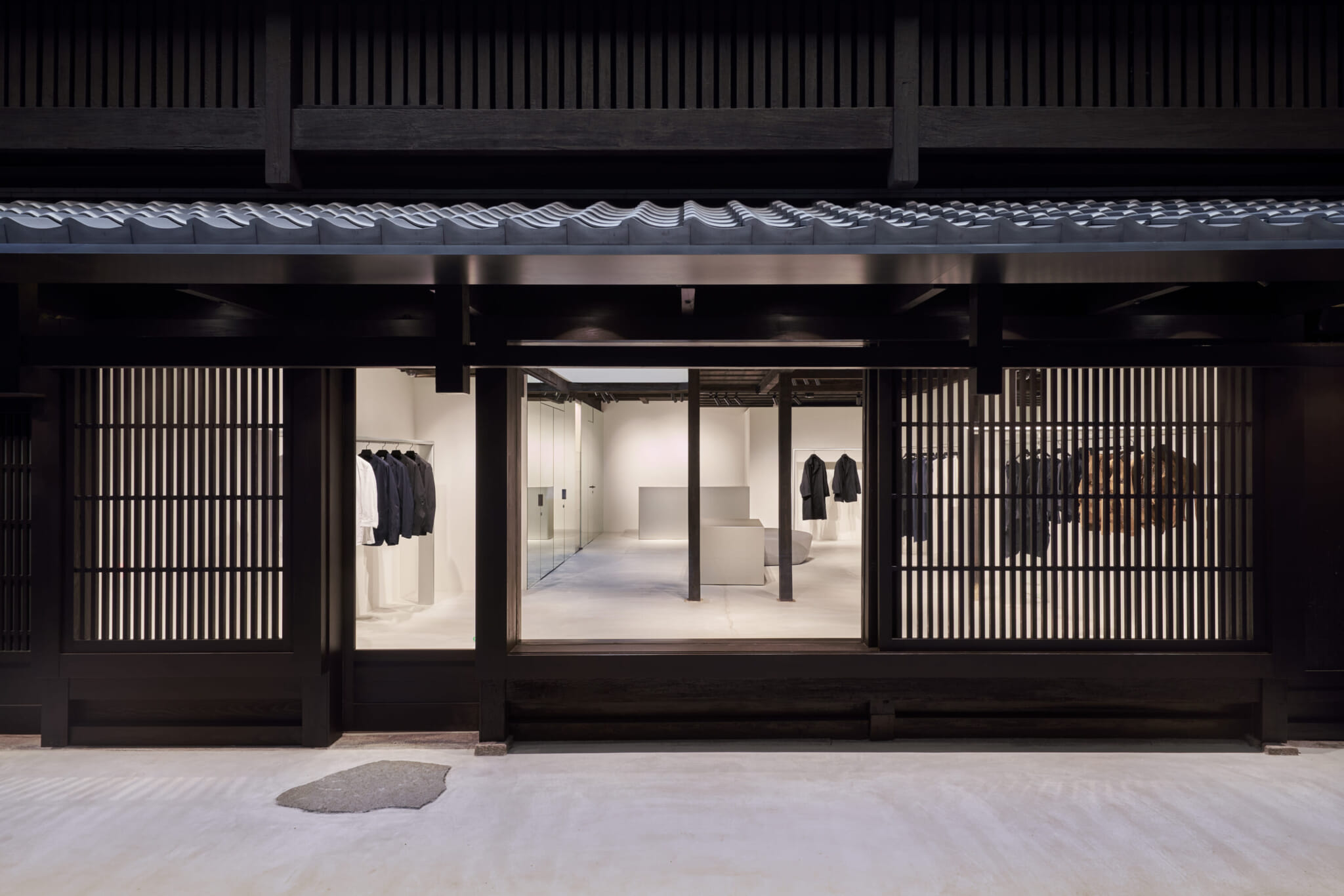
A-POC Able Issey Miyake storefront in Kyoto
Affirming the Profundity of Fashion
Rei Kawakubo of Comme des Garçons, one of Issey Miyake’s peers and a fellow fashion revolutionary, has spent decades instilling in her company and multitude of labels a sense of what Japanese call kachikan, or values. This concept of kachikan envelopes everything from how you design and how you treat materials and approach to aesthetics and how you work with your team, employees and customers. Perhaps, then, the manner in which Miyamae views his responsibilities within the Issey Miyake group is a metaphor of how we should press forward with our attitude to fashion and lifestyle as we move into the future: respect for materials, people and an innovative and sustainable ethos that will outlive this generation and inspire the generations that come after.
Miyamae’s artisanship and the way that his A-POC Able brand folds, steams, presses and creates origami-like garments is also a metaphor for looking inward, at ourselves, compartmentalizing, creating a system and a perspective in which we shape the outside world to fit with our own beliefs and install a revolutionary spirit which protects us from an exterior world that can be destructive, inane and superficial.
Miyamae ends our interview with a simple yet philosophical overview of what he has learned from Issey Miyake and how he views the work of a fashion designer in the 21st century: “To have eyes to see people’s lives, society, and to be one step ahead of the times through making clothes. Be curious and keep learning all your life. The work of making clothes is profound. That’s why it’s interesting.”

